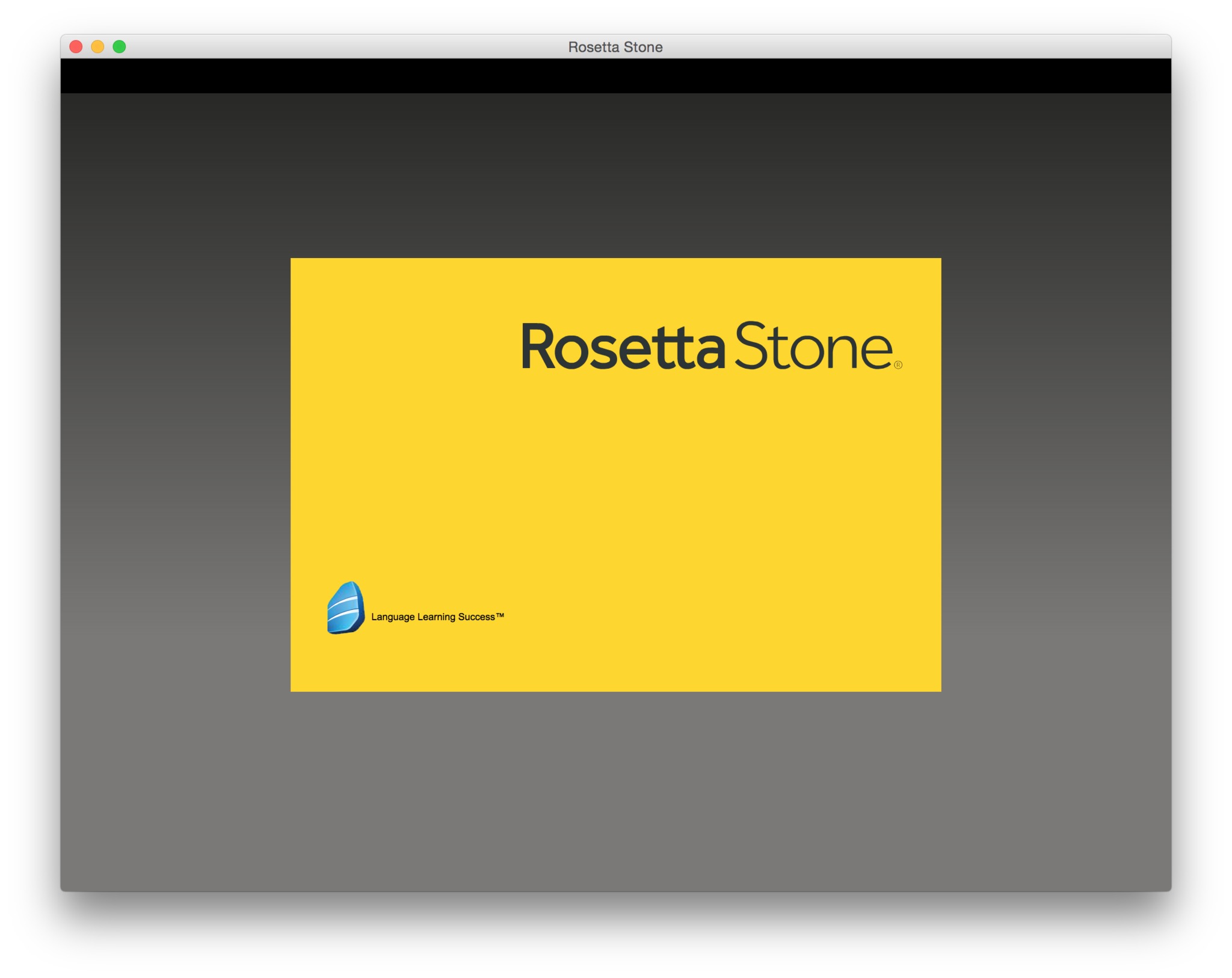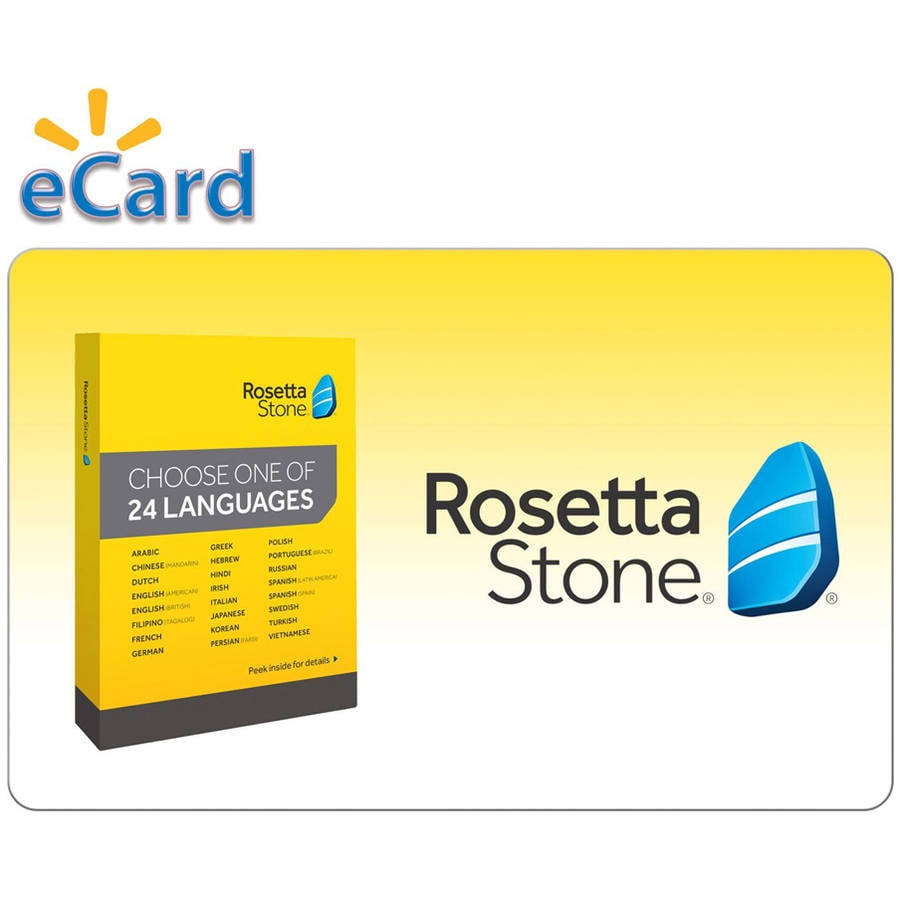

According to the 4th-century Latin writer Maurus Servius Honoratus, a fourth set of Etruscan books existed dealing with animal gods, but it is unlikely that any scholar living in that era could have read Etruscan.

A third set, the Libri Rituales, might have provided a key to Etruscan civilization: its wider scope embraced Etruscan standards of social and political life, as well as ritual practices.

The Libri Haruspicini dealt with divination by reading entrails from a sacrificed animal, while the Libri Fulgurales expounded the art of divination by observing lightning. Livy and Cicero were both aware that highly specialized Etruscan religious rites were codified in several sets of books written in Etruscan under the generic Latin title Etrusca Disciplina. The Etruscans had a rich literature, as noted by Latin authors. The Etruscan language is also believed to be the source of certain important cultural words of Western Europe such as military and person, which do not have obvious Indo-European roots.ĭrawing of the inscriptions on the Liver of Piacenza see haruspexĮtruscan literacy was widespread over the Mediterranean shores, as evidenced by about 13,000 inscriptions (dedications, epitaphs, etc.), most fairly short, but some of considerable length. Etruscan was written in an alphabet derived from the Greek alphabet this alphabet was the source of the Latin alphabet.

The records of the language suggest that phonetic change took place over time, with the loss and then re-establishment of word-internal vowels, possibly due to the effect of Etruscan's word-initial stress.Įtruscan religion influenced that of the Romans, and many of the few surviving Etruscan language artifacts are of votive or religious significance. Nouns show five cases, singular and plural numbers, with a gender distinction between animate and inanimate in pronouns.Įtruscan appears to have had a cross-linguistically common phonological system, with four phonemic vowels and an apparent contrast between aspirated and unaspirated stops. Grammatically, the language is agglutinating, with nouns and verbs showing suffixed inflectional endings and gradation of vowels. The consensus among linguists and Etruscologists is that Etruscan was a Pre–Indo-European and Paleo-European language, closely related to the Raetic language that was spoken in the Alps, and to the Lemnian language, attested in a few inscriptions on Lemnos. Attested from 700 BC to AD 50, the relation of Etruscan to other languages has been a source of long-running speculation and study, with it mostly being referred to as one of the Tyrsenian languages, at times as an isolate and a number of other less well-known theories. The Etruscans left around 13,000 inscriptions that have been found so far, only a small minority of which are of significant length some bilingual inscriptions with texts also in Latin, Greek, or Phoenician and a few dozen purported loanwords. Etruscan influenced Latin but was eventually completely superseded by it. Etruscan ( / ɪ ˈ t r ʌ s k ən/ ih- TRUSK-ən) was the language of the Etruscan civilization in the ancient region of Etruria, in Etruria Padana and Etruria Campana in what is now Italy.


 0 kommentar(er)
0 kommentar(er)
